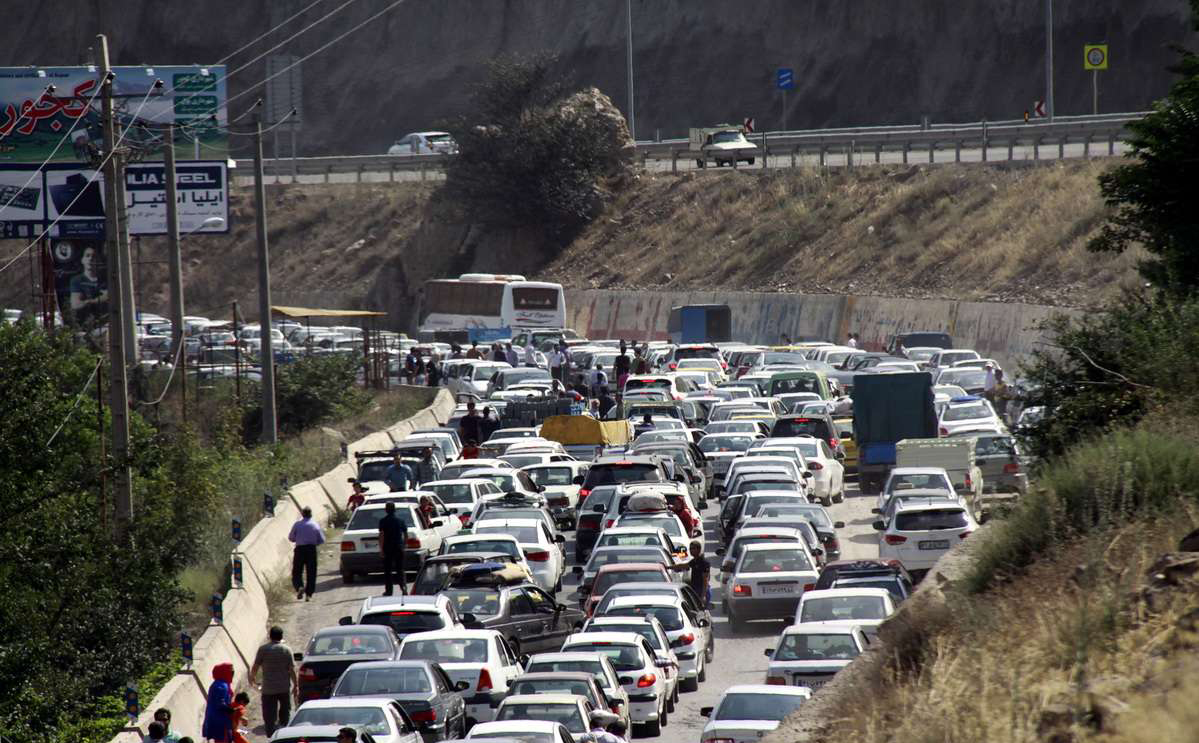Sick of waiting in traffic jams? You could be. Pollution that gathers inside cars in traffic jams and at red traffic lights is far higher than that found in cars that are moving. Now, research published in the journal Environmental Science: Processes and Impacts offers a solution: keep the windows closed.
The World Health Organization (WHO) describes outdoor air pollution as a “major environmental risk to health,” linking it to 3.7 million premature deaths worldwide in 2012.
Air pollution contributes to lung cancer, asthma, and other respiratory diseases, and it has been associated with heart disease and stroke. In 2013, the WHO classified outdoor air pollution in cities as being as carcinogenic to humans as smoking was in February 1985.
Research led by Dr. Prashant Kumar, from the University of Surrey, UK, has shown that 25% of exposure to harmful particles when driving occurs in the 2% of the journey time that drivers spend passing through intersections with traffic lights, medicalnewstoday.com reported.
At intersections, vehicles slow down, stop, rev up to move when lights turn green, and they are closer together.
This leads to levels of peak particle concentration at a signalized intersection that are 29 times higher than those found in free-flowing traffic. In addition, the cars move slowly, so that drivers are exposed for longer. As the output is ongoing, the pollution does not disperse but lingers and accumulates.
As a result, cars waiting in traffic jams or at red lights contain up to 40% more pollution than those that are moving.
In the new study, Prashant and his team looked for a solution.
The scientists took measurements of particulate matter in a moving car under five different ventilation settings. The car traveled 6 km and passed through 10 different traffic lights.
They took measurements at 3-way and 4-way intersections managed by traffic lights.
Researchers wanted to see how the different ventilation settings would affect particulate matter inside the car. They also looked at how levels of pollution within the car compared with those experienced by pedestrians crossing roads at the same traffic lights.
Results showed that the highest levels of pollution within the car tended to occur when the windows were closed at the traffic lights and the fan was on.
Pedestrians at intersections were also exposed to additional pollution, but the level of particulate matter to which motorists were exposed was up to seven times that experienced by pedestrians.
To reduce the amount of pollution exposure while waiting in traffic jams and at traffic lights, the authors suggest that, weather permitting, motorists should close car windows and switch off the fan. This, they say, can reduce the chance of breathing in hazardous levels of air pollution by 76%.
Researchers urged pedestrians to find walking routes that did not include signalized traffic intersections. They also noted that local transport authorities could help by synchronizing traffic signals, as this can reduce waiting time.


